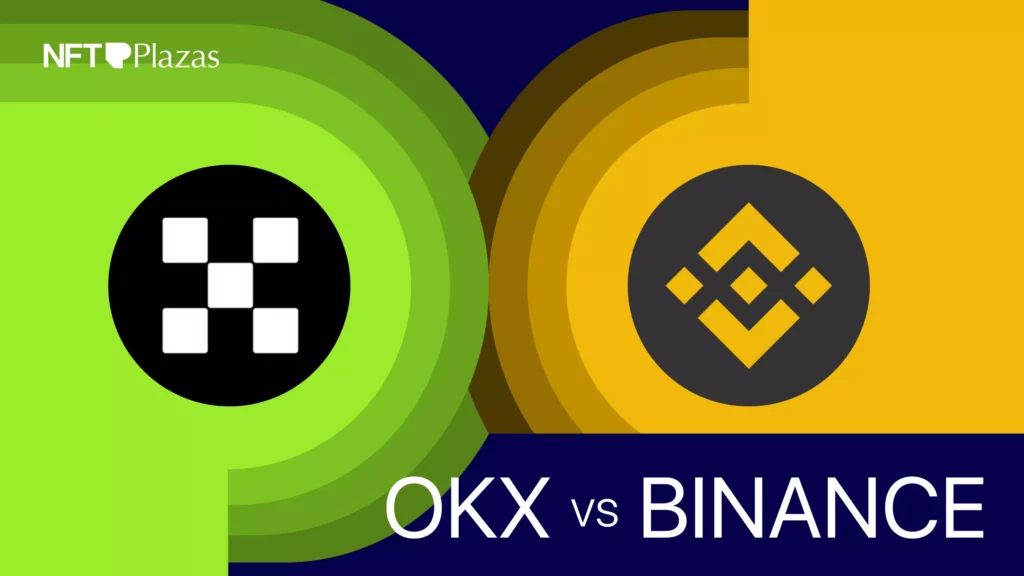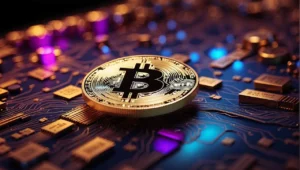For years, the cryptocurrency community has hailed October as *Uptober*, a month heralded for its remarkable consistency in delivering bullish performance for Bitcoin. This reputation isn’t rooted in mere speculation but in a pattern of seven consecutive years where Bitcoin closed October in profit. As an advocate for pragmatic market analysis, I see this so-called
In recent trading sessions, Cardano’s price trajectory has painted a bleak picture, raising profound concerns about its future viability. The formation of a death cross—a technical pattern where the 50-day moving average crosses below the 200-day—serves as a harbinger of downward momentum. Such patterns are not merely charts; they reflect entrenched investor skepticism and a
In a landscape saturated with new tokens and airdrops, the recent wave of Binance HODLer airdrops—featuring projects like Kite (KITE), OpenEden (EDEN), and Turtle (TURTLE)—serves as a reminder of the industry’s relentless pursuit of user engagement rather than substantive value. While these giveaways generate buzz and temporarily excite retail investors, they often obscure underlying fragility.
Despite Ethereum’s recent struggles, with prices slipping below $4,000 and revealing a bearish technical landscape, beneath the surface lies a resilient core of institutional confidence that challenges the prevailing narrative of decline. The market’s day-to-day movements often paint a bleak picture—volatile corrections, breaking below key moving averages, and a general sense of uncertainty. Yet, institutional
Ethereum, often hailed as the crown jewel of blockchain innovation, finds itself at a precarious crossroads. Despite its recent attempts to hold around the $3,700 support zone—a level that has historically acted as a sanctuary for bullish traders—the validity of this support remains dangerously uncertain. The market’s recent action suggests that the apparent resilience might
This year has marked a pivotal shift in the landscape of digital assets, with a surprising proliferation of ETFs centered around alternative cryptocurrencies—such as SOL, LTC, and HBAR—challenging the long-standing dominance of Bitcoin and Ethereum. While some industry insiders hail this as a necessary evolution towards broader adoption, others warn that it could introduce destabilizing
In an era defined by rapid technological evolution, Ethereum stands at a crossroads, and Linea emerges as a formidable force shaping its trajectory. Unlike many hyped-up projects that often amount to little more than vaporware, Linea’s purpose is rooted in concrete utility—creating an environment where speed, affordability, and security coexist seamlessly. Its development is driven
The recent surge in alternative ETFs such as SOL, LTC, and HBAR signals a fascinating but potentially perilous shift in the crypto landscape. While these assets are attracting new investor attention, a careful observer must question whether their rise is justified by intrinsic value or merely fueled by speculative fervor. The proliferation of such funds
In recent weeks, Cardano (ADA) has faced intensified selling pressure primarily driven by what experts call “whale dumping.” The large institutional players or high-net-worth individuals, often referred to as whales, sold off an astonishing 100 million ADA in just three days—an action equivalent to around $65 million. Such significant transfers tend to ripple through the
In recent months, the financial landscape surrounding cryptocurrencies has undergone a dramatic transformation, marked significantly by the advent of Exchange-Traded Funds (ETFs) focused on alternative coins such as SOL, LTC, and HBAR. This new wave signifies a cautious optimism among investors eager to diversify beyond Bitcoin and Ethereum but also reveals a certain desperation. The

















